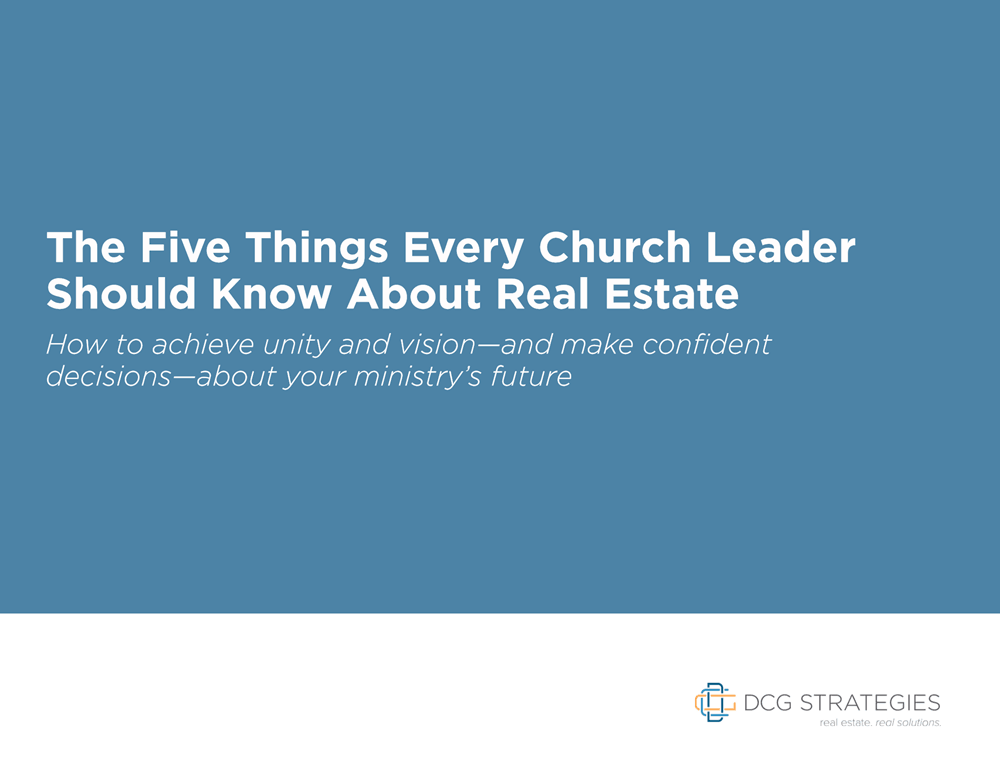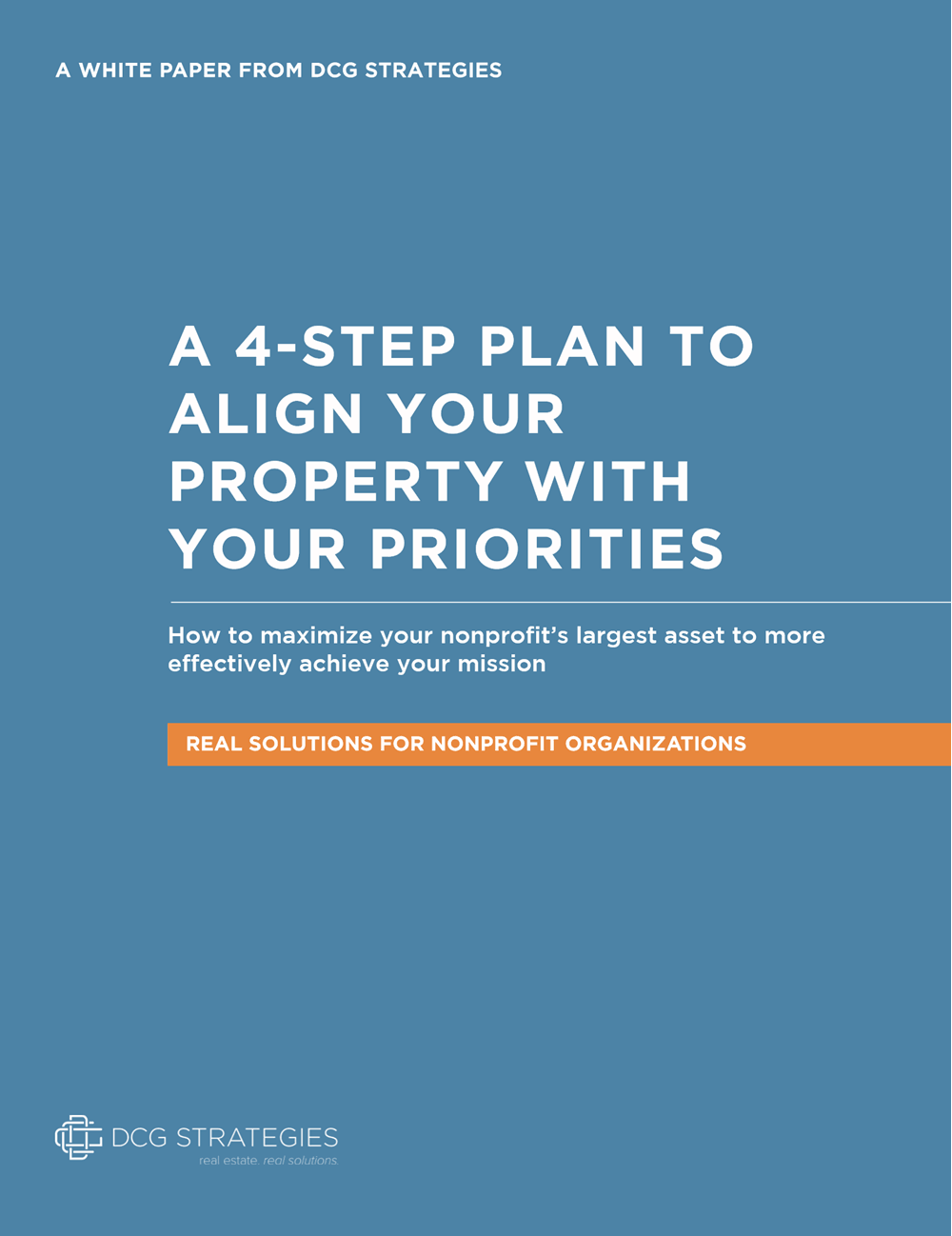As budgets get tighter, and competition for dollars becomes fiercer, nonprofits often opt to move in together and share common areas, conference rooms, break rooms and even office equipment. As we have previously written, many organizations find a home in a nonprofit center. A cash-strapped nonprofit can work in a shared first-class facility for a fraction of the cost of stiking out on their own. Larger nonprofits may have extra space to lease out or an empty wing of a building that it can sublet to several different organizations.
The arrangements and relationships that go on inside shared nonprofit buildings can be many and varied.
Different Arrangements in Shared Nonprofit Buildings
For example:
- In New York’s Thoreau Center, 20 nonprofits share IT, phone systems, copiers and other equipment in a nonprofit incubator established to give newer nonprofits time to grow before moving on to a dedicated space. One nonprofit, OppNet, which started out in the founder’s living room, estimates it saves $250,000 annually on rent and equipment while also managing to more than triple its annual contributions.
- In Lansing, Michigan, six loosely connected nonprofits moved into a converted armory. One of the organizations, the Michigan Association of Nonprofits, worked out a master lease with the owner and the other five nonprofits set up subleases off of the master agreement. The CEOs freely consult with each other, going from floor to floor when issues arise.
- In Truckee, California, a community foundation bought a run-down motel and converted it into office space after discovering that three nonprofits involved in crisis intervention were struggling to find space. Not only did the three organization move their headquarters there, they jointly hired a service coordinator, who ensures that all the nonprofits are working efficiently and manages the daily operations of the facility.
Some Ties Are Strong, Some Loose in Shared Nonprofit Buildings
These examples, all drawn from the Nonprofit Times, show different ways that nonprofits can share space, but also a glimpse of many different relationships in shared nonprofit buildings. In the first example, the nonprofits temporarily co-exist and share equipment, but otherwise aren’t connected. In the second, six loosely affiliated nonprofits have committed to work long-term in the same building. They may collaborate on some initiatives, but they operate independetly and on separate floors. In the third example, the nonprofits have moved into a building together and are now closely bound, giving up some aspects of their independence.
Sharing space offers several potential advantages for a nonprofit. As we mentioned in a previous blog, a 2011 survey on nonprofits revealed that those in shared spaces save money and improve efficiency. Working in a better facility than they could afford on their own also provided benefits that aren’t as easily measurable, such as improving staff morale and impressing potential donors. However, not all shared agreements work out.
Not All Real Estate Agreements between Nonprofits End Well
Here in San Francisco Bay, for example, a nonprofit hospice recently sued an AIDS foundation, claiming that the charity broke its lease agreement. In this case, the hospice was the landlord, and the AIDS foundation was using the leased space to operate a thrift store and pharmacy. The hospice sued for more than $25,000 in damages due to lost rental payments it relied on for more than 10 percent of its annual revenues.
Although these arrangements can bring benefits, a nonprofit should never forget that these real estate deals can go sour. A nonprofit should carry out appropriate planning, thoroughly investigate if the building is the right fit and hammer out precisely the nature of the relationship with the other nonprofits.
Common Issues in Shared Nonprofit Buildings
When sharing space with other nonprofits, consider these three concerns:
Lease Lengths: Lease lengths can vary tremendously in shared nonprofit buildings. In general, newly established nonprofits should look for shorter term leases where they can establish themselves yet keep their options open. Larger established organizations will usually think longer term where they can establish their identity in a neighborhood and enjoy stability.
Squabbles: In shared buildings, nonprofits sometimes disagree bitterly over conference room usage, equipment breakdowns and cleanup duties in common areas. It is a good idea for the nonprofit tenants to form a committee that can establish joint policies, smooth over disputes and plan for upgrades.
Tax Implications: The nonprofit that owns the building or holds the master lease should consider potential tax liabilities of renting out space to other nonprofits. A nonprofit can charge rent and still maintain tax exempt status in some instances. For example, if tenant activities aren’t related to the mission of the nonprofit landlord, or the landlord nonprofit can’t show that it is collaborating with its nonprofit tenants, then it may incure some tax liability.
Seek the Help of a Commercial Real Estate Expert
Shared buildings are an opportunity for nonprofits to collaborate and get the most space for the least money. However, the complexity of these deals shouldn’t be taken lightly. As with any real estate deal, a nonprofit shouldn’t try to do this alone. It’s wise to seek the help of an experienced commercial real estate company that can locate the best property and help structure a workable agreement to benefit the nonprofit.
If your nonprofit is looking for a new building or planning a nonprofit center, you don’t have to go it alone. Contact DCG Real Estate today for a thorough analysis of the market including all the available options from a consultant whose community values align with your own.





